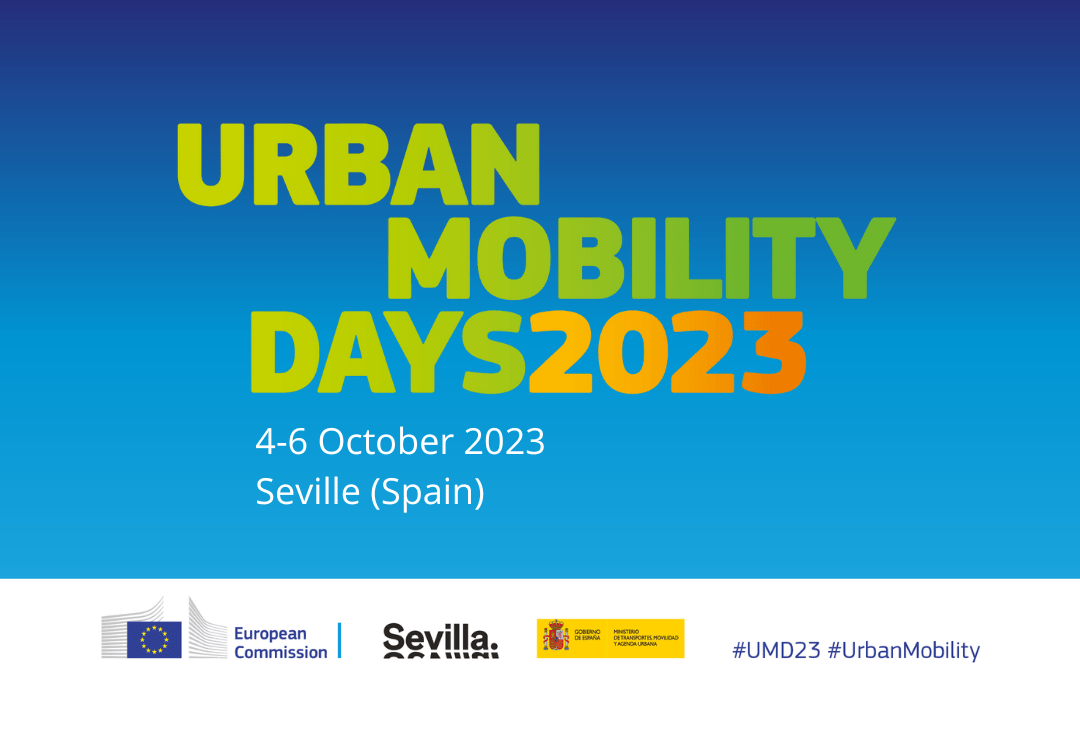Paris and Antwerp lead the way in bike-sharing
In an innovative benchmarking study recently carried out by Cycling Industries Europe (CIE), bike-sharing performance in 148 European cities was assessed and compared. Two POLIS members – Paris and Antwerp – topped the charts in terms of daily trips per 1000 inhabitants.
CIE's "Shared Ambitions" study is the first benchmarking study of its kind. Measuring bike-sharing performance in terms of trips taken per 1000 inhabitants, the study aims to show cities how they can better leverage their bike-sharing offer. Given the large gaps that appear between the highest-ranking cities and the "late adopters," there is clear potential for the further growth of bike-sharing in many cities across Europe. Moreover, by calculating the emissions reductions that could be achieved if other European cities followed in the footsteps of top performers, the study reveals the importance of bike-sharing for Europe’s climate action policy.
How to measure bike-sharing in Europe?
Data on bike-sharing are needed to monitor, assess, and report on the effectiveness of investments in bike-sharing schemes and policies that favour a bike-friendly future. But where do these data come from? And which data ought to be used?
To index the total number of trips taken by the city population, CIE's Bike Share Expert group opted to use trips per 1000 residents as the main indicator in the study, alongside other indicators for more specific aspects of bike-sharing deployment.
Rather than collecting a random sample, the study targeted the two groups of cities that, according to the European Commission, are leading the urban mobility transition. These are:
- the 100 cities that participate in the EU's Climate-Neutral Cities Mission, plus
- the 48 largest Urban Nodes in the Trans-European Transport Network (TEN-T).
Together, these 148 cities represent two-thirds of the population in the 400 TEN-T cities. They are also the recipients of targeted funding from the EU and Member States for improvements to their mobility ecosystems, making it all the more important that they regularly monitor their mobility needs and integrate available data into future planning.
The results are in: Bike-sharing could become a force for climate action
At first glance, the outcomes of CIE's benchmarking study paint a picture of disparity. While the top five cities – Paris, Bordeaux, Antwerp, Toulouse, and Lyon – achieve 19 bike trips or more per 1000 inhabitants on average, cities on the opposite side of the spectrum fail to come anywhere near this threshold, primarily due to a lack of bike-sharing infrastructure. Of the 20 lowest-performing cities, 10 have no bike-sharing schemes, meaning that approximately 3.3 million European city dwellers currently lack access to a bike-sharing service.
However, with enough support, cities on the lower end of the scale could achieve wonders. If they were to match the ambition of top-performing cities like Paris and Antwerp, an additional 1.7 million bike trips could be made in Europe per day, or around 600 million per year. In terms of carbon emissions saved, this is no trivial feat, according to CIE's predictions.
"250,000 tons of CO2 could be saved every year in Europe if cities followed the example set by Paris and other leading European cities."
Cycling Industries Europe (CIE)
Bike-sharing: An investment in the future
Cities across Europe will not be able to achieve the threshold set by Paris and other chart-toppers without concentrated policy efforts and proper funding. CIE estimates that for lower-performing cities to make bike-sharing a force for better life quality and lower carbon emissions, an additional 200,000 shared bikes would need to be installed across Europe, bringing the total bike fleet to 423,000 bikes for the cities included in the study. Naturally, this would require significant investments at a time when funds are limited.
In a recent webinar organised by the CIE, Isabelle Vandoorne from DG MOVE addressed the need to diversify funding. Bike-sharing ventures, she explained, will need to attract investments from private entities as well as public authorities. Some Member States have been able to use Recovery Funds to support projects that promote cycling, and other European funds (e.g. Social Climate Fund) could certainly help to boost bike-sharing in the future. However, the bottom line is that with the available funding already insufficient to fully decarbonise European cities, public-private partnerships will be needed to leverage the full power of bike-sharing.
Despite the discrepancies that CIE's study reveals, there is clear potential for bike-sharing to become more widespread in European cities. As it turns out, cities stand to gain far more from investments in bike-sharing than the health of their residents and the safety of their streets. Given CIE's predictions of the carbon emissions that could be spared each year if Europe's cities achieved just 19 bike rides per 1000 citizens, there is reason to consider bike-sharing an integral part of the larger mobility toolkit available to urban leaders as they make plans for a greener future.
To learn more, read the CIE's news article or the full benchmarking study report.






